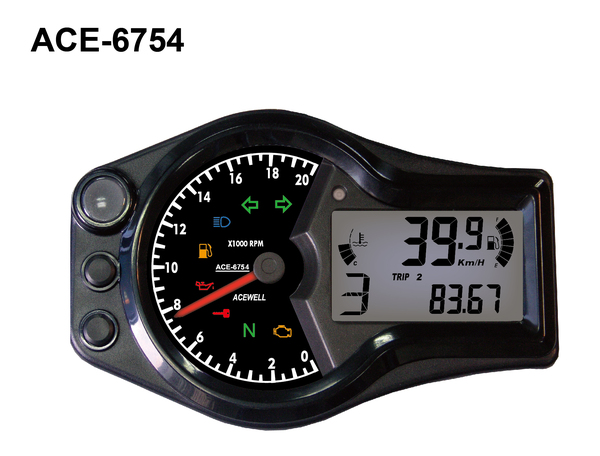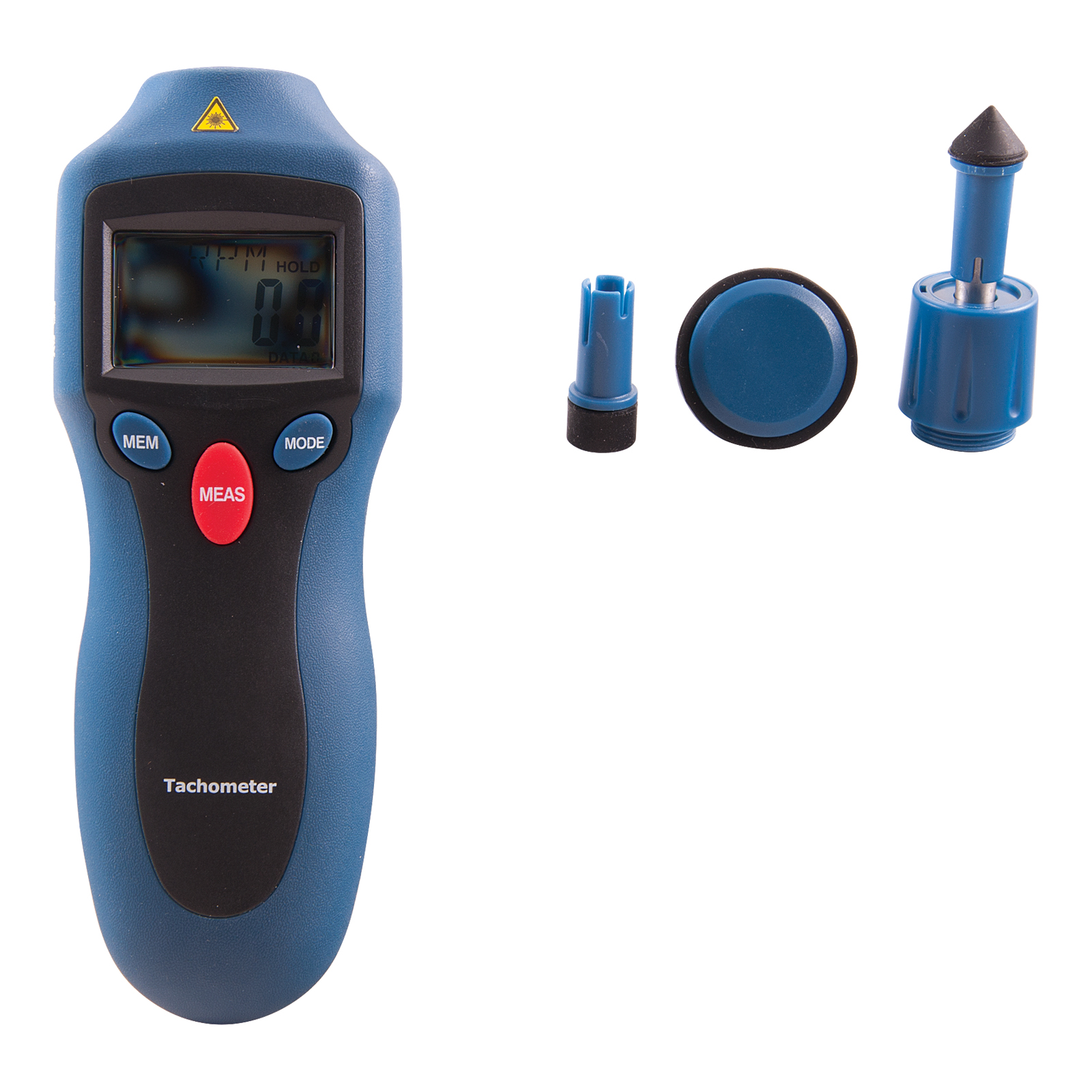Comprehensive Guide to Understanding and Utilizing a Tachometer Effectively
Comprehensive Guide to Understanding and Utilizing a Tachometer Effectively
Blog Article
The Value of a Tachometer in Keeping An Eye On Engine Speed and Efficiency in Automotive Applications
In the realm of automobile engineering, the tachometer stands as a pivotal tool in the motorist's collection, giving a straight window into the inner operations of a vehicle's engine. Past its function as a simple scale of changes per minute (RPM), the tachometer serves as an important device for fanatics and professionals alike, providing real-time insights right into engine performance and health.
Value of Checking Engine RPM
Monitoring engine RPM, or changes per minute, is a crucial element of vehicle upkeep and performance assessment. Engine RPM directly associates with the rate at which the engine's crankshaft rotates, indicating exactly how promptly the engine is running - tachometer. By keeping an eye on RPM, technicians can assess the health and wellness of the engine, find prospective issues, and fine-tune efficiency. An irregular RPM reading might indicate problems such as engine misfires, damaged ignition system, or issues with the gas shipment system. Constantly high RPM readings can show aggressive driving behaviors or the requirement for a greater equipment shift to boost gas effectiveness.
Moreover, keeping an eye on engine RPM is important for efficiency analysis in racing and high-performance vehicles. Maintaining ideal RPM levels is important for accomplishing peak power output and velocity. Racers often utilize tachometers to guarantee they are operating within the suitable RPM array for optimum efficiency. In recap, checking engine RPM is not only vital for discovering issues but also for enhancing engine performance in various auto applications.

Advantages of Real-Time Data
In vehicle applications, real-time information plays a vital duty in giving immediate insights right into the performance and condition of the car. By continuously keeping an eye on various parameters such as engine rate, temperature, gas usage, and a lot more, real-time information provides various benefits that add to improved performance and safety and security when driving.
One significant benefit of real-time data is its capacity to alert vehicle drivers and professionals to any anomalies or issues quickly. This proactive approach enables fast identification of possible problems, permitting timely treatments to stop additional damage or malfunctions. Furthermore, real-time data assists in efficiency optimization by offering prompt comments on driving practices and engine performance. Vehicle drivers can adjust their behavior in real-time based on this information to achieve far better fuel economy and lengthen the life expectancy of their lorry.

Moreover, real-time information plays an essential function in modern-day automotive diagnostics, allowing professionals to promptly diagnose and attend to breakdowns. This leads to minimized downtime, reduced upkeep expenses, and inevitably, enhanced overall car dependability and long life (tachometer). By taking advantage of the power of real-time data, automobile stakeholders can make enlightened decisions that favorably impact both the performance and durability of the vehicle
Effect On Equipment Shifts
Effective equipment shifts in automobile applications significantly influence total performance and look these up driving experience. The tachometer plays an essential function in optimizing gear shifts by offering Related Site real-time engine speed data to the motorist. When coming close to the redline on the tachometer, it signifies the driver to upshift to stop over-revving the engine and creating possible damages. On the various other hand, downshifting at the ideal minute can assist preserve the engine in its power band, making sure responsive acceleration when needed.
Furthermore, the tachometer aids in achieving smoother equipment changes, especially in hands-on transmissions. By keeping track of engine rate, motorists can execute equipment changes at the optimum RPM array, decreasing jerking activities and lessening wear on the transmission parts. This precision in gear adjustments not only improves driving convenience yet likewise adds to sustain performance.
Enhancing Gas Effectiveness
Given the important duty the tachometer plays in maximizing equipment changes for performance and engine health, it straight adds to optimizing fuel performance in vehicle applications. By offering real-time feedback on engine rate, the tachometer assists vehicle drivers in preserving one of the most effective RPM array for fuel economy. When vehicle drivers regularly check the tachometer and change their motoring habits as necessary, they can avoid unneeded fuel usage brought on by over-revving or carrying the engine.
In addition, the tachometer helps chauffeurs identify the most fuel-efficient gear to be in at any given moment, stopping the engine from functioning more difficult than required. In final thought, the tachometer Get More Info offers as a valuable tool in improving gas efficiency by promoting ideal driving practices and determining areas for renovation in the lorry's efficiency.

Maximizing Engine Longevity
The tachometer's duty in checking engine rate and efficiency is instrumental in making sure the longevity of vehicle engines. Monitoring the tachometer enables vehicle drivers to stay within the recommended RPM variety for their vehicle, avoiding unneeded strain on the engine and prolonging its life-span.

Verdict
Finally, the tachometer plays an essential role in monitoring engine speed and efficiency in automobile applications. By giving real-time data on RPM, it enables efficient gear changes, enhanced gas efficiency, and maximized engine durability. This device is necessary for maintaining optimum engine performance and ensuring the total performance of a vehicle.
Report this page